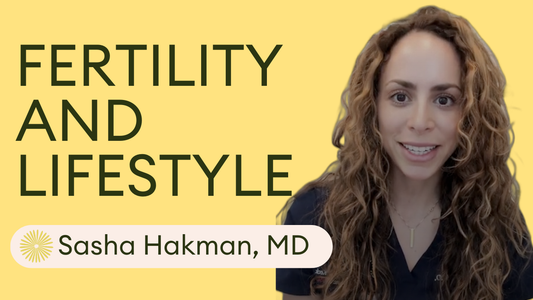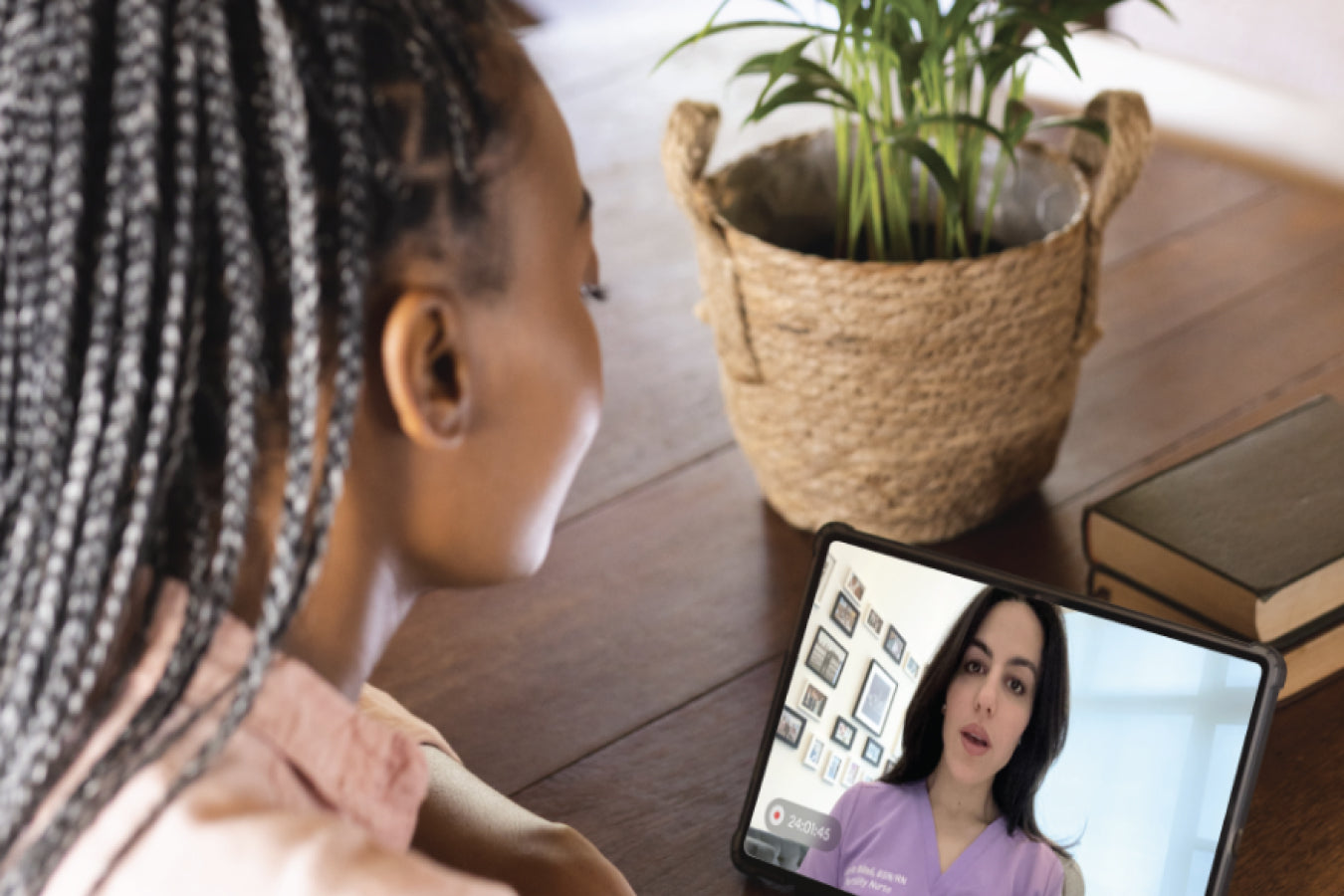For many people, fertility treatment is one of the biggest unexpected expenses they’ll ever face. Between diagnostic testing, medications, monitoring, procedures, and travel, it adds up fast. And unfortunately, insurance coverage often falls far short of what’s needed. So if you’re looking for a simple way to save money without changing your treatment plan, you’re not alone.
You’ve probably heard Flexible Spending Accounts (FSAs) and Health Savings Accounts (HSAs): tax-advantaged accounts that can save you hundreds or even thousands of dollars on out of pocket costs. While FSAs and HSAs are powerful tools for reducing out-of-pocket costs, they don’t come with a playbook to maximize your savings. So we put together a quick primer to help you maximize FSA/HSA savings on fertility treatment.
But first, how do HSA / FSA funds save you money?
A lot of people think HSAs and FSAs are just a way to set money aside and cover unforeseen medical expenses. It’s important to understand that these are tax-advantaged accounts, meaning that your HSA and FSA contributions are tax-free, and this actually saves you a lot of money on income and FICA taxes!
How much money? Experts estimate 20-30% savings on your FSA/HSA-eligible expenses. For example:
-
If you expect to spend $6,000 on meds for an egg freezing cycle, paying through an FSA/HSA could save you $1,200–$2,000 in taxes.
-
If your IVF cycle costs $18,000, routing part or all of that through an HSA could save you thousands — on money you’re already planning to spend.
1. Setting Up Your HSA and/or FSA accounts
To set up an FSA or HSA, you’ll typically want to enroll through your employer during open enrollment. You should be able to set up a schedule where contributions are automatically pulled out of your paychecks. Your employer may contribute additional dollars as a part of your benefits package (e.g. if they offer a match).
If you’re on a high-deductible health plan, you may also be able to set up an HSA independently by opening an account with a financial institution – and this option may be available year-round. HSAs offer the added benefit of allowing you to invest without paying capital gains on earnings (similar to a 401-K, except you don’t have to wait until you’re retirement age to access the funds). This can be helpful when you’re on a multi-year family planning journey.
|
Feature |
FSA |
HSA |
|---|---|---|
|
Tax-free contributions |
✔️ |
✔️ |
|
Tax-free investment growth |
❌ |
✔️ |
|
Funds roll over long-term |
❌ |
✔️ |
|
Not tied to a high-deductible plan |
✔️ |
❌ |
3. Planning Ahead for Maximum Savings
FSAs have contribution limits, but many people under-utilize them simply because they didn’t plan ahead. Fertility is one of the rare healthcare situations where you may be able to predict big expenses, so maximize the opportunity.
If you know a fertility cycle is likely in the coming year, the open enrollment period is the perfect time to
-
Ask your clinic for a cost estimate
-
Add in expected medication, monitoring, and testing
-
Decide how much you can comfortably contribute, up to the limit of $3,300 per year per employer.
4. Keeping Organized and Itemized Receipts
This may sound simple, but it’s one of the biggest ways to avoid losing out on money you’re entitled to. Always save itemized receipts for:
-
Fertility medications
-
Monitoring appointments
-
Ultrasounds and bloodwork
-
Procedures (IUI, IVF, egg retrieval, transfers)
-
Shipping or specialty pharmacy fees
-
Storage charges (when eligible)
-
Fertility-related mental health support
Why this matters:
-
FSA/HSA administrators often require itemized statements—not just credit card charges
-
Missing documentation can mean losing hundreds in reimbursement
-
Many clinics and pharmacies allow you to download statements directly from your patient portal
Set up a folder on your phone or computer and upload receipts as you go. Your future self will thank you.
5. Use it, don’t lose it!
If you’re coming up on the end of the year and still have a good chunk of funds in your FSA account, remember you can use them on vision, dental, prescriptions, OTC meds, and even wellness products.
If you’re planning to freeze your eggs or start IVF in 2026, Dandi’s Injection Comfort Kit and injection support services (virtual sessions and at home injections with a experienced fertility nurse) are all FSA-eligible, and can be purchased ahead to support your 2026 injection cycle! Simply select “pay with Flex” to use FSA/HSA dollars at checkout.






